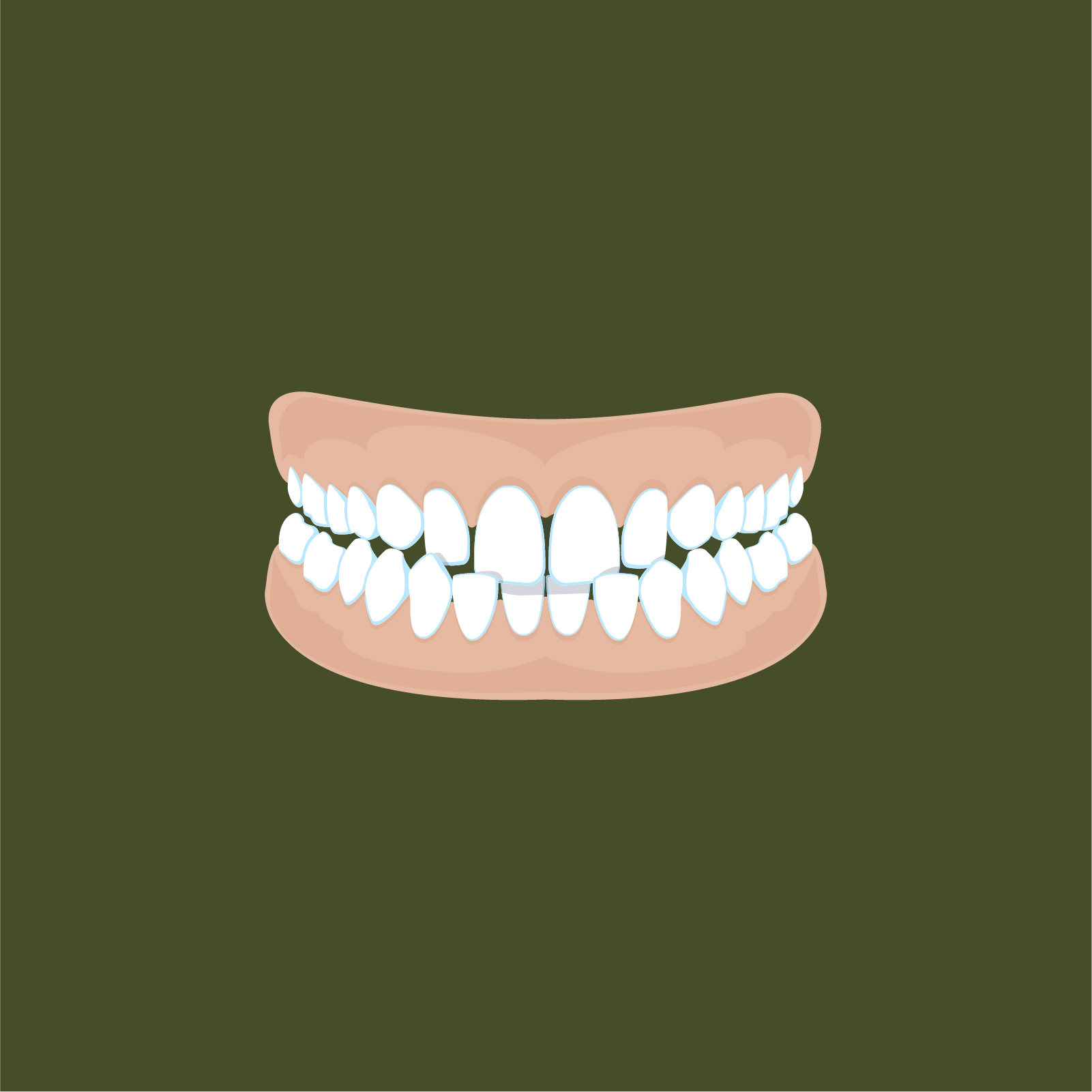What is a crossbite?
Crossbites occur when groups of teeth don’t fit over each other when your mouth is closed. Most crossbites are caused by an upper jaw being too small (length, width or height) or a lower jaw being too big, (length, or width) or a combination of both. The facial characteristics of crossbites are often quite obvious early in life.
There are two types of crossbite: posterior and anterior.
Posterior crossbites refer to the teeth at the back of your lower jaw being too wide to properly match the upper teeth, while anterior crossbites refer to the teeth at the front and when this affects all the front teeth is sometimes called an underbite. In both cases, the groups of teeth fit outside the teeth in the upper jaw.
Problems associated with a crossbite
Crossbites, if left untreated, can lead to the multiple problems:
- pain in your jaw or teeth
- asymmetric or incorrect development and growth of the upper jaw, the lower jaw, or both jaws, and therefore incorrect relationships between the teeth
- permanent facial asymmetry or facial skeletal deformity
- abnormal function and severe wear of teeth, often with poor aesthetics
- catastrophic fracture, splitting and loss of teeth, particularly from middle age as your teeth naturally dehydrate with age
- tooth decay or broken fillings
- sleep apnoea
- temporomandibular joint (TMJ) disorders, joint damage and facial pain
- frequent headaches
- difficulty speaking or forming certain sounds
- pain in your jaw, neck, and shoulder muscles
When should a crossbite be fixed?
Crossbites are highly variable and should be assessed as soon as your child’s 6 year old molars have fully erupted, generally by age 7. Dr Whittle recommends you bring your child for an initial orthodontic assessment at that age, particularly if you suspect a crossbite. Treatment for most crossbites is best done early in a child’s life using upper jaw expansion while the jaw and face bones are rapidly growing.
Treatment options for a crossbite
Treatment for a crossbite can take place during childhood, or as an adult. As each patient differs, it’s important to book a consultation where Dr Whittle will be able to advise you on the best treatment type based on your needs.
Successful treatment of posterior crossbites involves correcting the jaw relationships. Most crossbite patients will require braces afterwards to correct the position of their teeth and thus their bites. As in building a house, we need solid foundations, (bone relationships), before we build the walls and roof, (teeth and bite).
More details about anterior crossbites is listed on our underbite page.
Below you will find some possible options for treatment of posterior crossbites.
Quad Helix – for young patients
Most crossbites are fixed with an appliance known as a Quad Helix. A Quad Helix is a bespoke spring that is fixed in using bands or rings around the top molars and is really well tolerated by young patients. There is very little pain or discomfort and because the Quad Helix is positioned across the palate, it is almost invisible.
Rapid Maxillary Expander – for teens and adults
In young teen patients with all of their adult teeth, treatment is done with a Rapid Maxillary Expander, (RME). Similar to the Quad Helix, the RME is cemented in but relies on a tiny screw being turned each day, usually with the help of a parent.
Braces – for teens and adults
In older teens and adults, some crossbites can be corrected with braces but where bones are incorrectly positioned, surgical treatment (such as jaw surgery) may be required. Dr Whittle would refer you to an Oral and Maxillofacial surgeon for a consultation if this was an option that needed to be discussed.
Removable ‘plate’
While a posterior crossbite can be corrected with a removable ‘plate’, these can be a hassle, particularly when it is not worn full time and spends some of its time at the bottom of a school bag, increasing the duration of the treatment.
